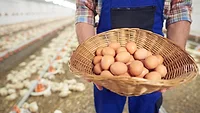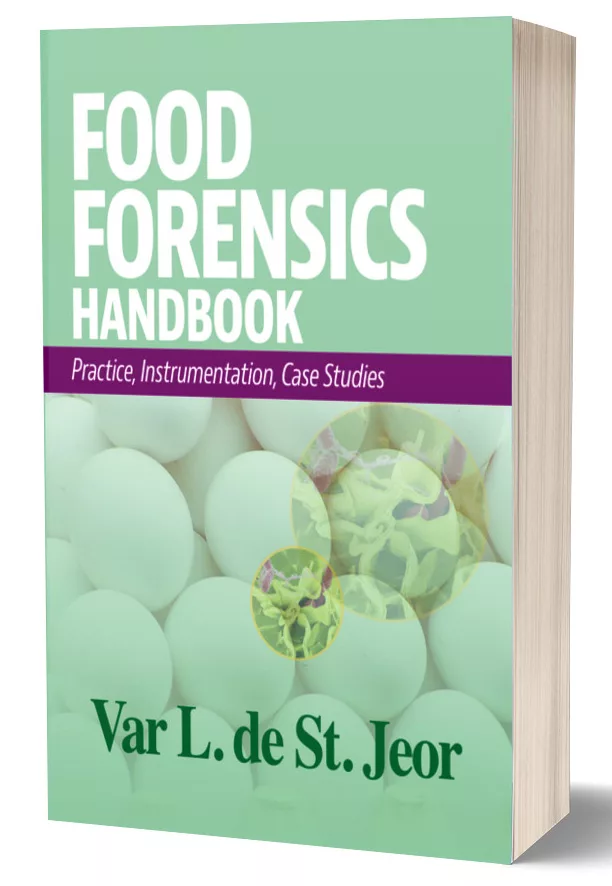Avian Influenza Hits Foodservice Providers
It’s been quite the year so far for foodservice operators, who seem to keep getting hit with fluctuations in commodity prices. This surge is being led by the avian influenza and its impact on the supply of hens and eggs for liquid egg production.
So far, the impact of avian influenza on egg-laying hens throughout Iowa and the Midwest has led to the death of 44 million birds, as well as 4 percent of the turkey flock. Iowa, Nebraska, Wisconsin and Minnesota have all declared states of emergency because of the virus, in which two strains have been detected since December.
While Iowa and the Midwest have been the hardest hit, the recent outbreak has been declared at the federal level as the worst case of avian influenza on record. In early May, the federal government approved $330 million in emergency funding to help states fight the spread of the virus.
The decrease in egg-laying hens has led to a 40 percent increase in prices for shelled eggs and upwards of 100 percent in the liquid egg market. This means supply has tightened and product shortages, production suspensions and price increases have been announced by all egg manufacturers.
To date, the Whataburger restaurant chain has decreased its menu items featuring eggs through the decision to limit the hours of breakfast offerings. Yet, we anticipate more chains following suit this summer as the market tries to rebound and replenish its supply.
Before reacting, every restaurant and foodservice operation needs to understand what this reduction means for their business and what steps, if necessary, steps that should be taken to mitigate the changes.
A majority of the issues surrounding avian influenza are not at the restaurant level. Rather, it is at the higher end of the supply chain. However, that should not keep restaurant operators from understanding the situation and how it impacts their business.
Operators should be reminded that a producer could have the cleanest plant in the world, but if a truck enters the premises carrying the virus, all bets are off. This is why taking measures against cross-contamination is so important. Just like in the restaurants, you can’t cross-contaminate because that’s where you run into trouble.
It’s important to note that the pasteurization process does kill any threat of Salmonella inside or outside the egg, but there is still always that potential because if someone in the restaurant has it and cracks eggs, your customers are still at risk.
In the case of today’s farm-to-fork movement, everyone has to play their part to ensure they are managing any food safety issues. Otherwise, anything that was done in the first few steps to comply with food safety practices becomes void if someone else doesn’t handle the product correctly.
Producers could be doing anything now from having a red alert system if something gets compromised to stopping trucks and transferring animals to supplies to other vehicles that have been thoroughly cleaned. It reasonable to think that these steps are now being implemented full time. Ask producers or suppliers what is being done now to manage the reduction in supply and to ensure products are safe.
There are going to be a lot of steps in the process while producers work throughout the summer to replenish their supply, and it is not like they can just recuperate all of that inventory up through the entire supply chain. The facilities that have been infected, cleaned and sanitized will also have to go through quarantine period before production can begin. They also will have to be re-inspected by the U.S. Department of Agriculture before they can re-establish their flocks. Any time a manufacturing facility has to shut down production, it’s a big deal. They have to coordinate the whole supply chain from a standing “stop” position. Some of these facilities will have to be shut down and then won’t be able to start up for a while.
Although the timeline is unknown, prices should stabilize once the supply is replenished. And since the demand for those products featuring eggs are going to dramatically drop, there will be an opportunity for the supply to build up. Eventually, that supply is going to increase while demand is still going to be down so there is going to be a point where people will start getting eggs back on the menu.
To protect your own operation, have a program or guideline in place that outlines what to do in case of a decrease in ingredient supply. Outsource the handling of alternatives or new ingredients to professionals. Something this risky is worth the investment. Be prepared to ask manufacturers or producers what their product safety training methods are as well. There should be employee training and monitoring for every step of the process.
Because turkey has also been impacted based on geographical proximity to the virus, use suppliers that can provide comparable turkey products as an alternative.
Continue to maintain your own food handling procedures in the restaurant. Make sure you don’t order too much if a product so it expires or goes bad, and take measures necessary to get the most out of the product you are buying.
Every operation needs to understand how the use of eggs impacts their menu. If eggs make up a large portion of your menu items, look to diversify your menu wherever possible. Having a diverse menu is the best solution because you can shift what you’re promoting within your restaurant and use lower-cost production menu items as limited-time offers throughout the summer months.
If you’re using liquid eggs for menu items, make the switch to shell eggs instead or look to using a different grade egg. If you are currently using an AA product, consider one valued at A because a change at that level does not impact the safety of the product. AA is more about the attractiveness of the egg rather than the quality of the ingredient. Just remember that you don’t want to short change the customer so you have to weigh the idea of either reducing portion size or raising prices. Your customers will understand if you adjust the price of your menu to reflect the high cost of eggs, but they don’t want to be short-changed on portion size.
Liquid eggs are mostly used in the manufacturing of products, so it is imperative that operators also be mindful of just how much their suppliers raise prices. For example, I would be critical of a manufacturer who raises their prices 10 percent, especially if an egg product is used in only 1 to 5 percent of what’s being purchased from them. If purchasing baked goods made with eggs from a manufacturer, ask to see a breakdown of the ingredients in the product and what percentage of the total recipe uses eggs. That way, you will get a better feel for what you should be paying as compared to what you are being charged.
Keep in mind, the market is not coming down soon so take the steps now to look for alternative ingredients. Adjust your menu prices or menu items accordingly, although do not decrease portion sizes while increasing costs. Wherever possible, substitute liquid eggs with shell eggs from cage-free hens where available and look at supplier options outside of your current distributor. Be open to specification changes because frozen or liquid eggs may be the only available option.
When it comes to your menu, de-emphasize items that use eggs and substitute smoothies, hot cereals, grain bars and fruit and granola where possible. You also should adjust buffets where eggs are not positioned first. Shift to summertime continental breakfast menus where feasible and don’t be afraid to get creative on the use of other menu items such as pancakes, oatmeal bars and/or French toast stations.
Finally, have no fear. The decrease in supply and subsequent increase in cost is an inconvenience it should not be a long-term disturbance. Better days are ahead.
Bruce Reinstein is the chief operating officer for Consolidated Concepts, Inc., a purchasing partner in the United States for restaurants. He can be reached at bruce.reinstein@consolidatedconcepts.net.
Looking for quick answers on food safety topics?
Try Ask FSM, our new smart AI search tool.
Ask FSM →








